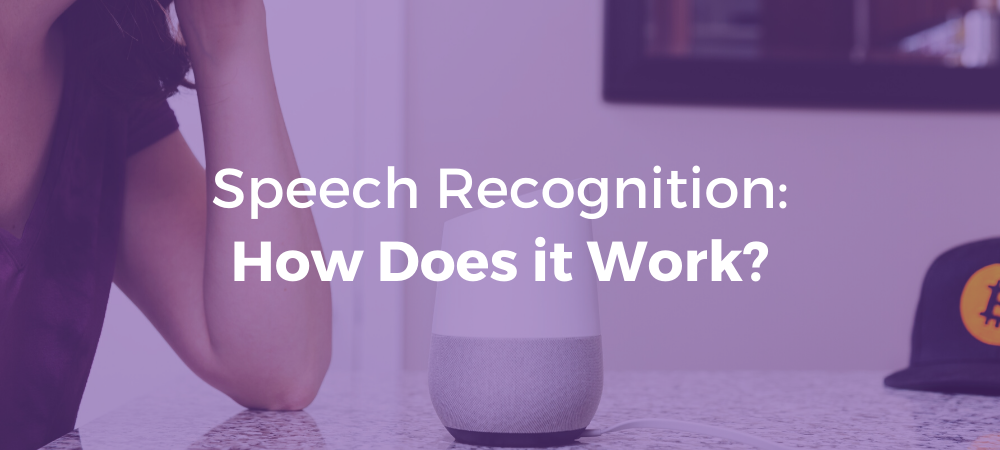
Today’s fast-paced lifestyle, combined with a growing preference for finding simplified ways of completing daily tasks and responsibilities, has led to the proliferation of the use of speech recognition.
Indeed, since Google’s introduction of voice search in 2011, which was then considered a novelty, the feature is now one that users regularly rely on. What’s more, improvements in speech recognition technology have transformed voice search into a key component of search marketing.
Within the realm of artificial intelligence, voice recognition is completely transforming the way that we interact with technology. And now, with the availability of smart-home voice assistants (Alexa, Google Assistant and Siri) that undergo regular updates to their software which continue to improve their intuitiveness and intelligence, voice recognition is a part of regular daily life for many.
The accuracy and complexity of speech recognition technology makes one wonder, what is really going on under the hood? How does speech recognition work? Below we delve deeper into understanding it.
How does it all work?
Speech recognition technology comes in a few forms; in some cases, it serves as an alternative to typing on a keyboard; words appear on a screen by way of talking to the computer thanks to software that analyzes the audio of a speech recording using algorithms to accurately match the individual sounds to written language.
In other cases, speech recognition technology translates audio algorithmically into a certain action that is then performed by another piece of technology — as is the case with smart-home assistants, which translate users’ speech to commands like turning smart devices on our off, or changing the song that is currently playing.
Whatever the end goal might be, speech recognition technology works very similarly in the aforementioned situations; an audio message — whether on your phone or desktop — is transcribed on the server. The bits of data from the audio message are sent to a central server, where it can access the appropriate software and corresponding database. Here, the server analyzes the audio and breaks down the speech into smaller, recognizable parts called phonemes. From here, it’s the phonemes that enable audio analysis software to figure out exactly what is being said. In the case of words that are pronounced similarly, the software is able to analyze the context of the audio and syntax of the sentence to identify the best text match for the words within the audio file.
Finally, this analysis results in a written transcription of the data or in a secondary action in the form of instructions to be undertaken by another piece of technology (like a smart-home device, for example).
At TranscribeMe, we use our Machine Express service for speech-to-text transcription. It employs the most advanced automated speech recognition algorithms to create the highest accuracy automated transcriptions on the market.
If you would like to learn more about the product or have bulk or custom requirements, contact our Sales Team today!